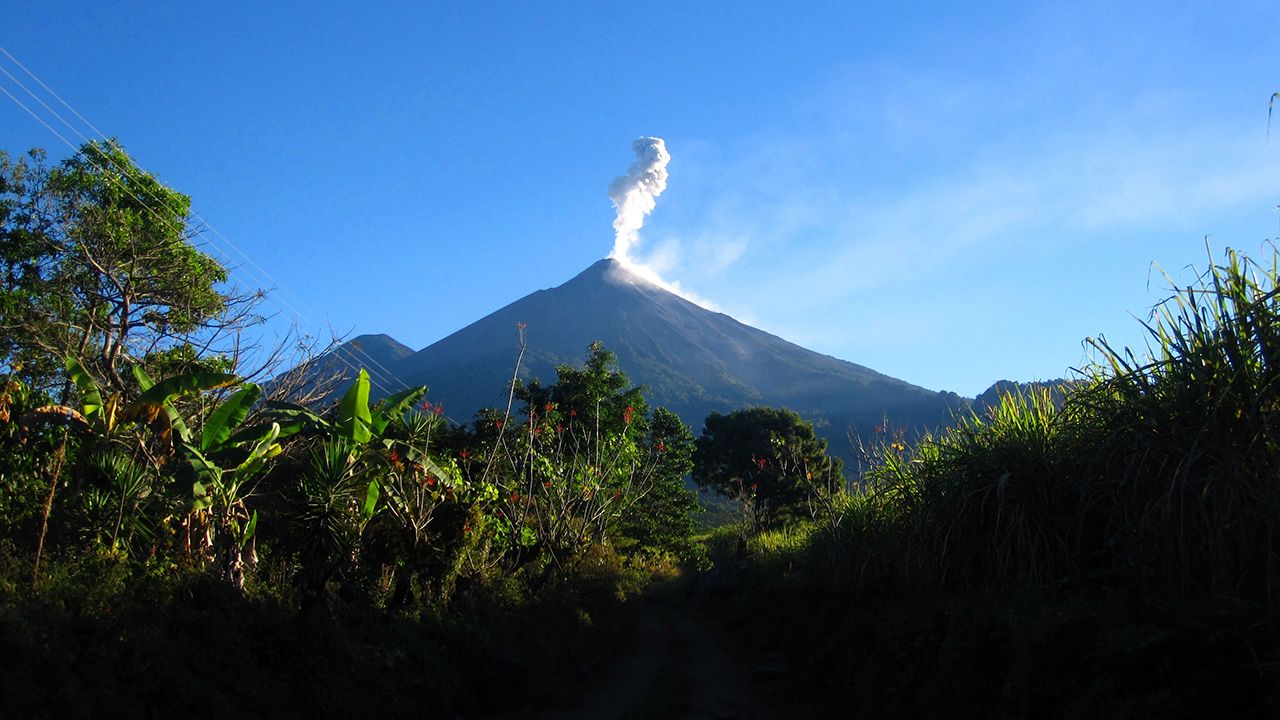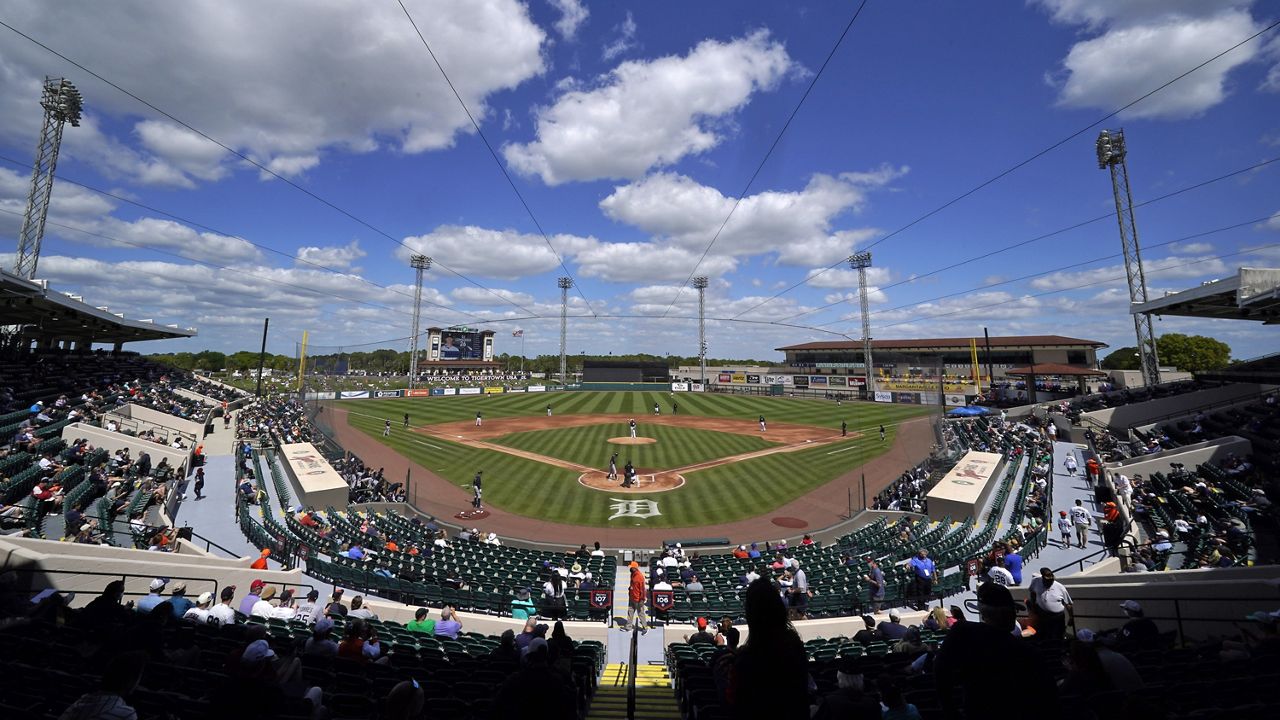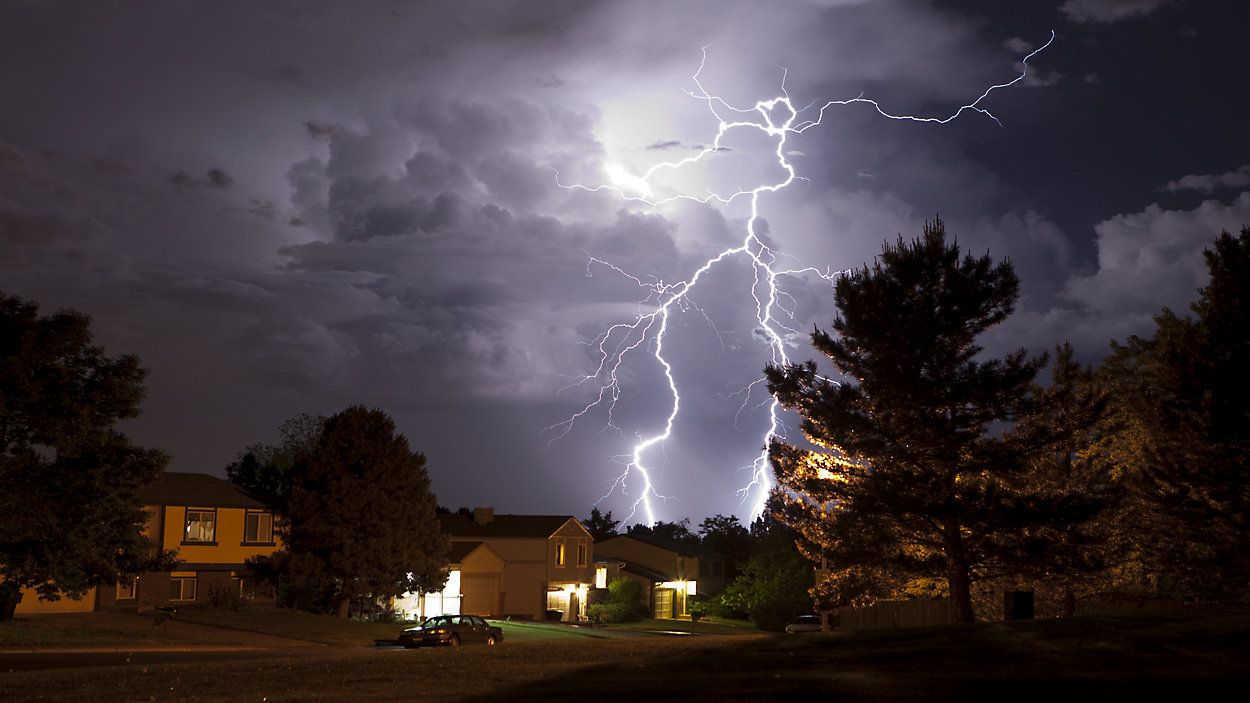You've heard of the destruction that volcanoes cause, but have you heard how volcanoes can benefit us?
I spoke with Dr. Arianna Soldati, a volcanologist at North Carolina State University, to learn more about these monstrous formations.
First things first, volcanoes helped create the atmosphere we have today.
When Earth first developed, our atmosphere consisted of hydrogen, sulfide, methane and 10-200 times as much carbon dioxide as today’s atmosphere.
Volcanoes helped change that.
"When volcanoes reached the surface, they brought gases from inside the Earth and released them into the atmosphere, forming the more familiar atmosphere we have today," says Soldati. "However, they did not bring oxygen. That came later when life formed."
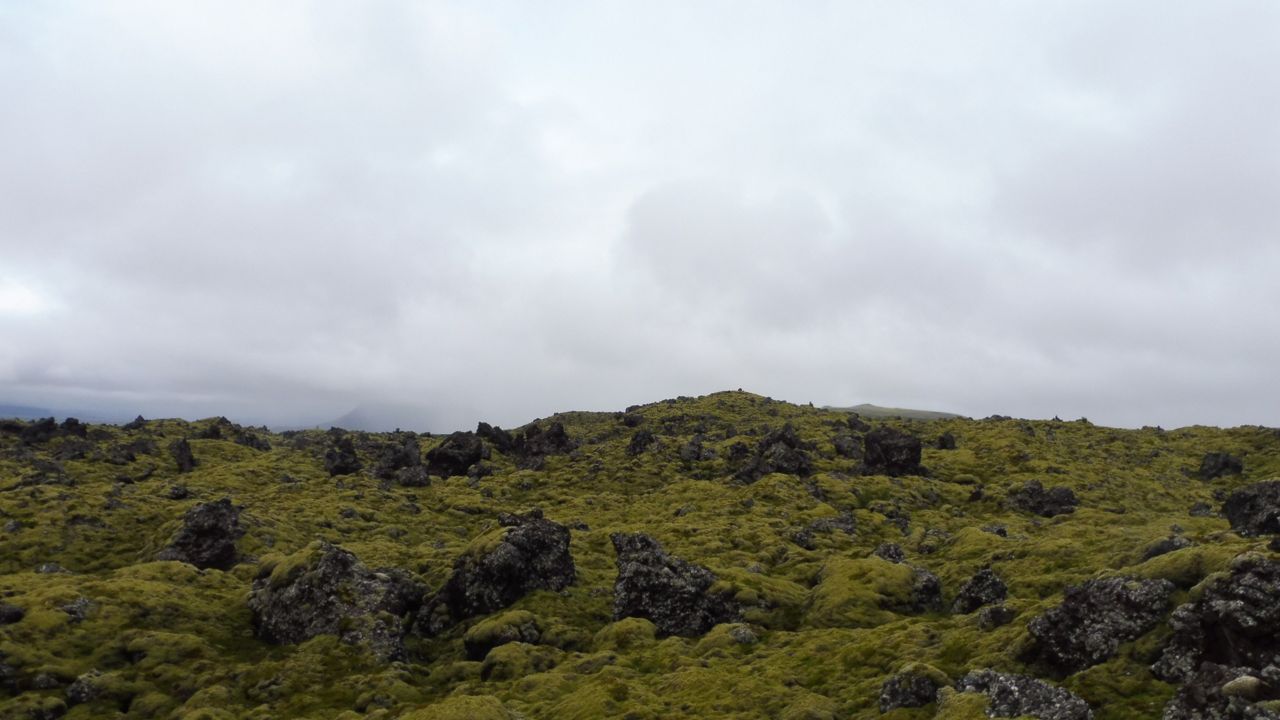
After eruptions, volcanoes provide many soil nutrients.
"Lava takes too long to break down, so it's the volcanic ash that provides nutrients to soil and plants," says Soldati.
Some minerals volcanic ash provides are magnesium, calcium, sodium, sulfur, copper, iron and zinc, which are essential for plant growth.
So, areas that have large amounts of volcanic soil are fertile. Over long periods, water and naturally occurring chemicals break down the minerals, and the nutrients absorb into the soil, which helps plants thrive.
Soldati also states that, "the composition of volcanic ash can change depending on where you live in the world, but the basic minerals are generally the same."
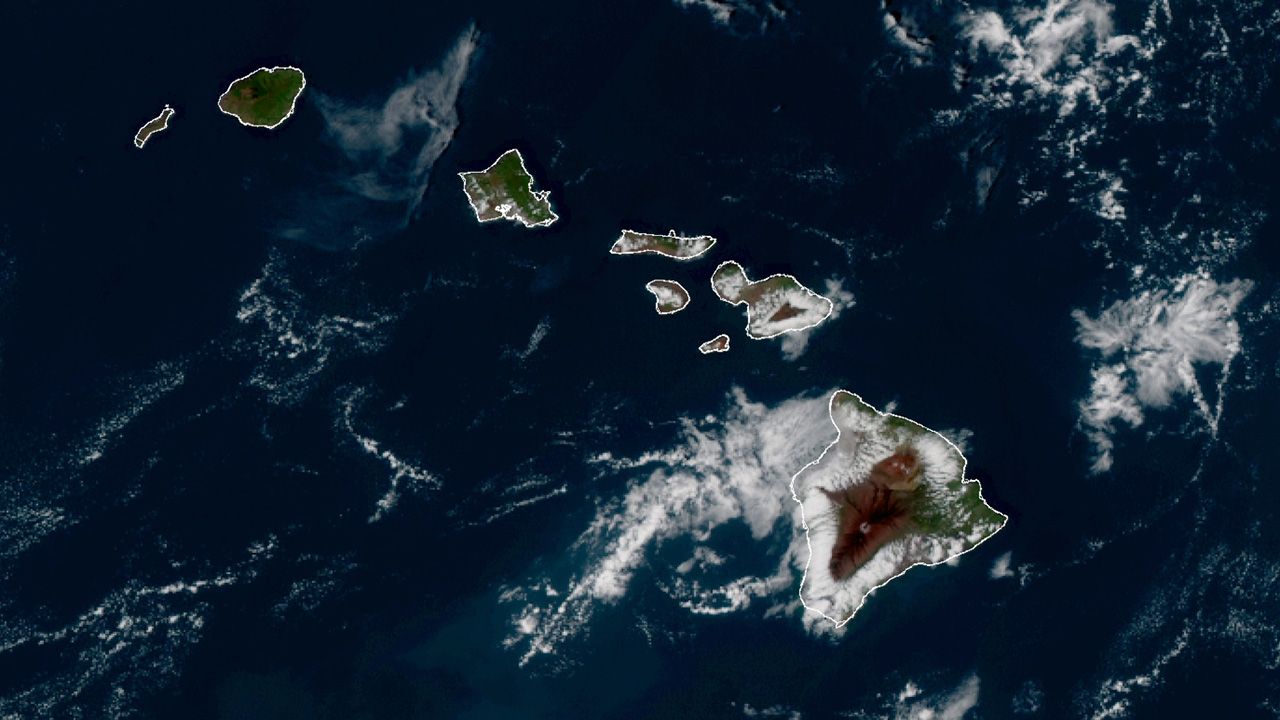
Volcanoes helped form many islands around the world. Underwater eruptions push material to the surface of the water, resulting in new islands.
"The volcano slowly builds its cone from eruption after eruption, which eventually grows big enough to peek through the ocean waters, creating a volcanic island," says Soldati.
This is the very process that helped create the Hawaiian chain.
It can take thousands to hundreds of thousands of years for an island to become habitable.
"It's also one of the most unstable environments in the world because of erosion from waves, wind and rainfall, but it can grow to be quite large. However, if enough erosion occurs, the island can disappear underwater, but if there is another eruption, it can reappear," says Soldati.
Volcanic minerals and stones help create things we use in everyday life. Pumice volcanic ash and perlite help create abrasives for soaps and household cleaners.
We also use materials from volcanoes to make cement, metal polishes, soil conditioner and insecticide carrier.
Volcanoes also contain precious metals and gems, including gold, silver, copper, opals, onyx and many others.
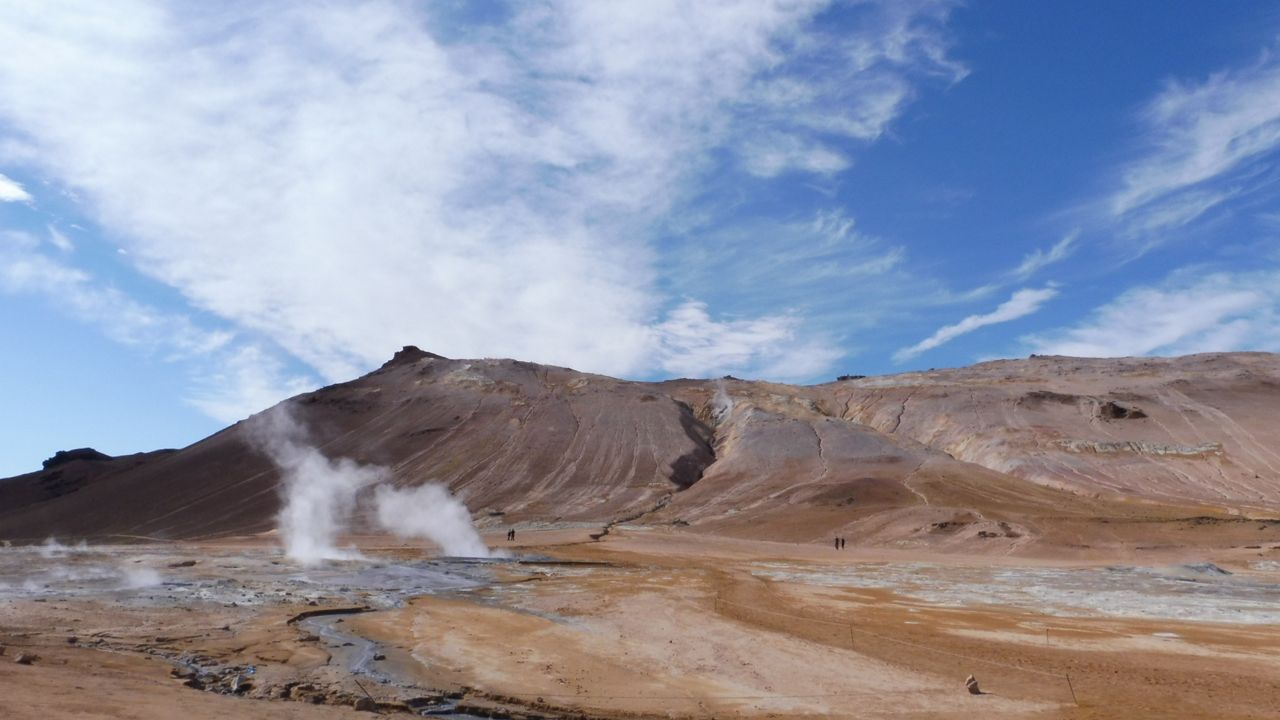
Volcanism, the eruption of molten rock from inside the Earth to the surface, helps create geothermal fields.
Soldati says, "magma forms in mantle and rises through the cracks and towards the surface. Where magma hasn’t quite made it towards the surface but is close enough, we can use that heat."
Geothermal fields form when water from the Earth’s surface seeps through faults and cracks within rock to reach the hot regions within Earth’s crust.
Geothermal fields can create hot springs, geysers and boiling mud pools, which we can use for geothermal energy. We place pipes into the Earth and use the steam that moves upwards through the pipes to turn turbines and generate electricity.
Volcanoes play an important role in cooling down the planet.
However, "it's only the very big eruptions that can make a difference. Smaller eruptions do little," says Soldati.
Volcanic ash and sulfur dioxide in the atmosphere help reflect the Sun’s rays back into space and reduce the heat absorbed by our atmosphere, resulting in a cooling effect on the planet.
It also depends on where the eruption takes place. Soldati states, "eruptions that happen near poles are not good at influencing climate, but eruptions near the equator have a bigger effect because the wind disperses the ash differently through the atmosphere."
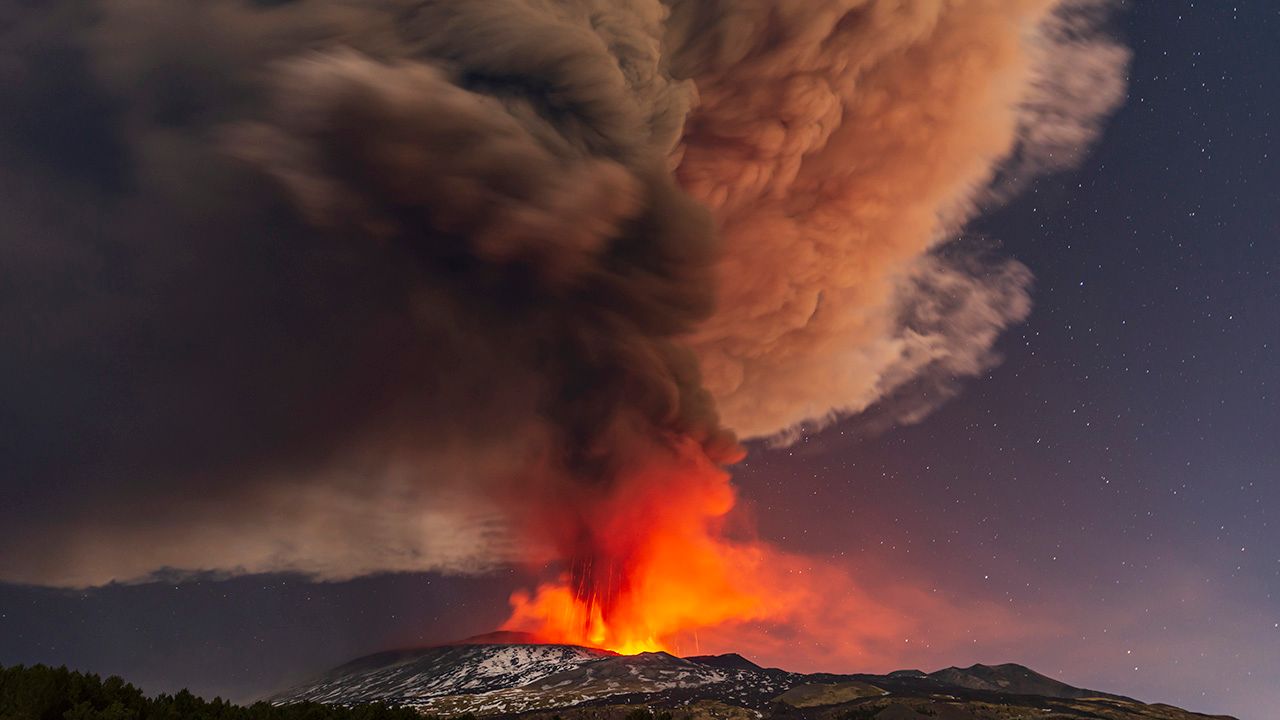
Last on our list is volcanoes help scientists research the inside of the Earth.
"They bring to the surface pieces of the mantle. We can’t collect samples of mantle cause it’s too far to reach, but volcanoes bring xenoliths to the surface that help us research the mantle and let us know what it looks like," says Soldati.
And Dr. Soldati also gave us another insight: the mantle of the earth is green!
So the next time you think volcanoes are nothing but destruction, remember this list and all the good they can do!
Shelly Lindblade - Weather Producer
Shelly Lindblade is a weather producer for Spectrum News. She graduated from Florida State University with a Bachelor's of Science in Meteorology and started her career in front of the camera as a broadcast meteorologist. After 4 years of TV broadcasting, she now loves updating the public on the latest weather news from behind the scenes.





